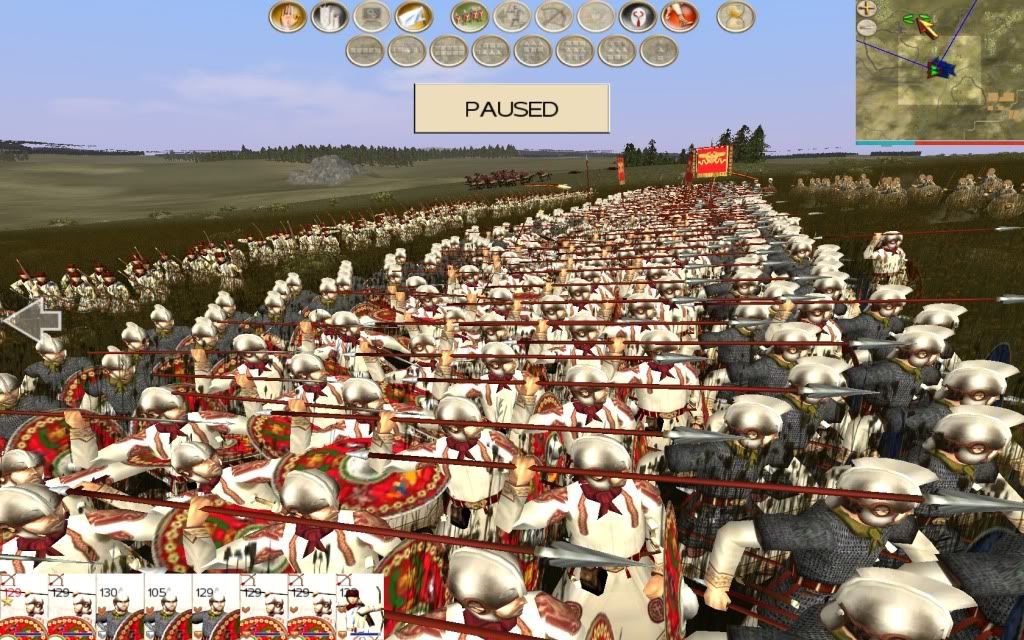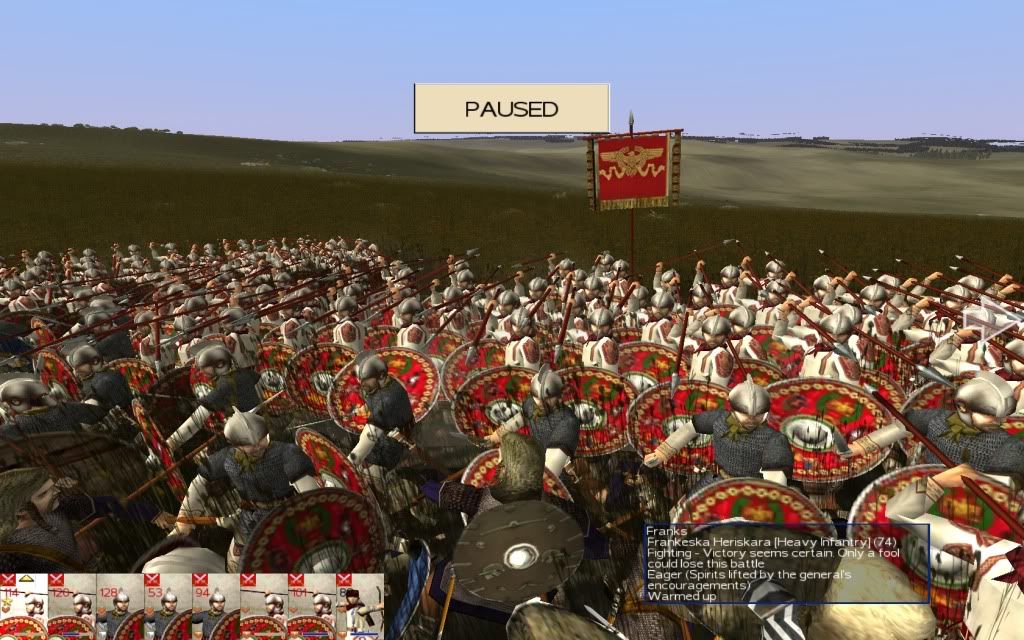Yeah.......most of the things you said are already well known to us. Indeed, the Sassanids, Goths, Alans, especially Sarmatians and probably some others did influenced the way Romans fought. Also, the story about Diocletian and Constanitine is well known. I completely agree there with you.
However....
I'm not sure you are right about this. Check the authors of
any Osprey's book. They (authors) are usually highly respected experts in Roman history and general history as well. Some of them also have the first hand military experience. You shouldn't doubt that every book is written especially consulting various historical sources. And since those author usually have the PhD in History science we can assume they certainly studied Vegetius, Julian, Libanus, Zosimos and Ammianus more thoroughly than you and me did.
Furthermore....
Well, I would use
many caution about this. For many historians specifically state that those artworks in many instances depict a conventional classical perception of a Roman soldier-not the reality of the Late Empire. Especially muscle cuirasse can hardly be accepted as a common sight in the late army.
Also....
Why???????

It doesn't make any sense whatsoever, at least according to my knowledge. I believe it's generally accepted that units stationed in the east utilized armor much more regularly than units in the west. I cannot agree with this at all, unless there's a strong proof for this idea, which I doubt.
Besides, the auxilia, by the time of this mod according to many sources, was match for the legions in all aspects. They made up the first line alongside the legions plus they provided the largest part of the armed forces. In all likeliness they were as equally armed and armored as the legions. After all, all auxilia units were exclusively graded as the elite palatini.


















 Reply With Quote
Reply With Quote










